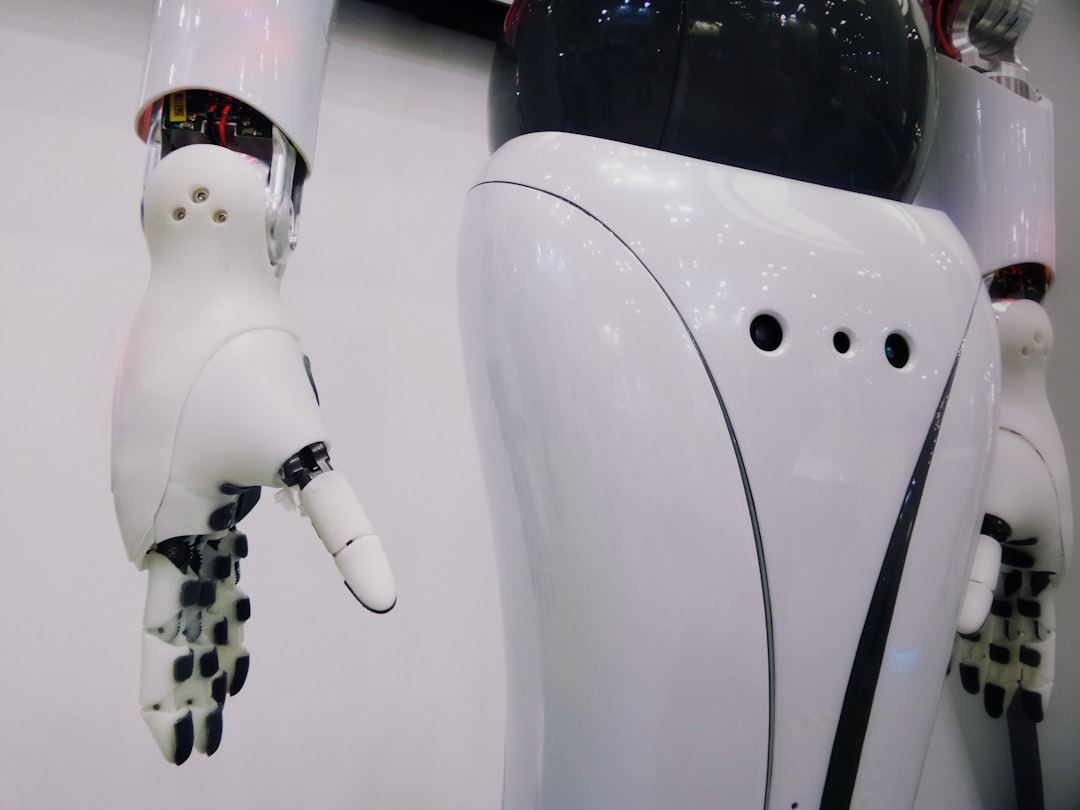Top Machine Learning Research: Exploring Computational Approaches and Breakthroughs

Discover the latest advancements in machine learning research and computational approaches to learning in our comprehensive overview of key studies and findings.
Introduction
Machine learning (ML) has rapidly evolved from a niche academic discipline to a cornerstone of modern technology. Its applications span various industries, driving innovation and efficiency. This blog delves into the top machine learning research, exploring the latest computational approaches and significant breakthroughs that are shaping the future of AI.
Recent Breakthroughs in Machine Learning Research
The field of machine learning is marked by continuous advancements, pushing the boundaries of what machines can achieve. Recent breakthroughs include:
- Transformer Models: Revolutionizing natural language processing, transformer architectures like GPT-4 have enabled more accurate and context-aware language generation.
- Self-Supervised Learning: Minimizing the need for labeled data, self-supervised techniques allow models to learn representations from vast amounts of unlabeled data.
- Federated Learning: Enhancing data privacy, federated learning trains models across decentralized devices without sharing raw data, crucial for applications in healthcare and finance.
Computational Approaches in Machine Learning
Supervised Learning
Supervised learning remains a fundamental approach where models are trained on labeled data. Key advancements include:
- Deep Neural Networks: Enhanced architectures with more layers improve the ability to capture complex patterns.
- Regularization Techniques: Methods like dropout and batch normalization prevent overfitting, ensuring models generalize well to new data.
Unsupervised Learning
Unsupervised learning focuses on identifying hidden structures within unlabeled data. Notable progress includes:
- Clustering Algorithms: Improved algorithms like DBSCAN and hierarchical clustering offer better scalability and accuracy.
- Dimensionality Reduction: Techniques such as t-SNE and PCA help visualize high-dimensional data, facilitating deeper insights.
Reinforcement Learning
Reinforcement learning (RL) empowers agents to make decisions by interacting with their environment. Recent strides in RL encompass:
- Deep Reinforcement Learning: Integrating deep learning with RL has led to breakthroughs in gaming and robotics, enabling agents to master complex tasks.
- Multi-Agent Systems: Coordinating multiple agents enhances collaborative tasks, applicable in autonomous driving and smart grids.
Impact of Machine Learning on Businesses and the Economy
Machine learning is a transformative force for businesses and economies worldwide:
- Automation and Efficiency: ML-driven automation streamlines operations, reducing costs and increasing productivity across sectors like manufacturing and logistics.
- Data-Driven Decision Making: Enhanced data analytics empower businesses to make informed decisions, improving competitiveness and market responsiveness.
- Innovation and New Markets: Machine learning fosters innovation, creating new products and services that open up previously untapped markets.
Structural Integration of Machine Learning in Organizations
Integrating machine learning into organizational structures involves several strategic steps:
- Building a Skilled Workforce: Investing in training and education initiatives, such as those offered by GenAI.London, ensures teams are equipped with the necessary ML expertise.
- Data Infrastructure: Establishing robust data pipelines and storage solutions is critical for effective machine learning deployments.
- Cross-Functional Collaboration: Encouraging collaboration between data scientists, engineers, and business units facilitates the alignment of ML projects with organizational goals.
Future Trends in Machine Learning
The future of machine learning promises even more exciting developments:
- Explainable AI (XAI): Making ML models transparent and interpretable will enhance trust and adoption in critical applications.
- Edge Computing: Bringing machine learning to edge devices will enable real-time processing and reduce dependency on centralized data centers.
- Ethical AI: Emphasizing fairness, accountability, and transparency will guide the responsible development and deployment of machine learning technologies.
Conclusion
Machine learning continues to be a pivotal technology, driving advancements and reshaping industries. By staying abreast of the latest research and adopting effective computational approaches, businesses can harness the full potential of ML to achieve sustained growth and innovation.
Ready to dive deeper into machine learning and AI? Join us at Invent AGI and take the next step in your AI journey!




